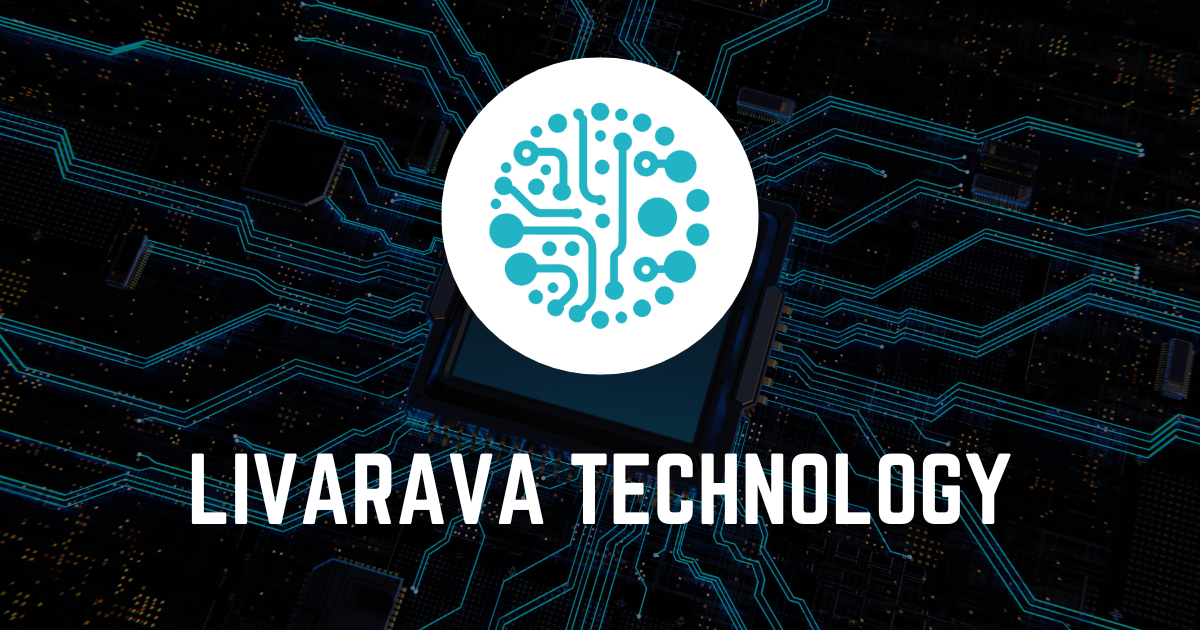Revolutionizing the Treatment of Major Tibial Bone Defects with Advanced 3D Technology

Introduction
The challenge of treating very large traumatic bone defects, especially in the tibia, has been a persistent issue in orthopedic medicine. This article presents a novel solution utilizing Polycaprolactone and Tricalcium Phosphate in a 3D-printed form, aiming to enhance patient recovery and improve treatment efficacy.
Key Benefits of the 3D Treatment
- Customized Solutions: 3D technology allows for personalized implants that fit the unique anatomy of the defect.
- Biocompatibility: Polycaprolactone and Tricalcium Phosphate are known for their compatibility with human tissues.
- Improved Healing: The combination of these materials contributes to faster bone regeneration.
Conclusion
The integration of 3D-printed Polycaprolactone-Tricalcium Phosphate implants represents a significant advancement in treating severe tibial bone defects. With their tailored designs and favorable biological properties, these innovative solutions pave the way for improved patient outcomes and revolutionize orthopedic treatment methodologies.
This article was prepared using information from open sources in accordance with the principles of Ethical Policy. The editorial team is not responsible for absolute accuracy, as it relies on data from the sources referenced.